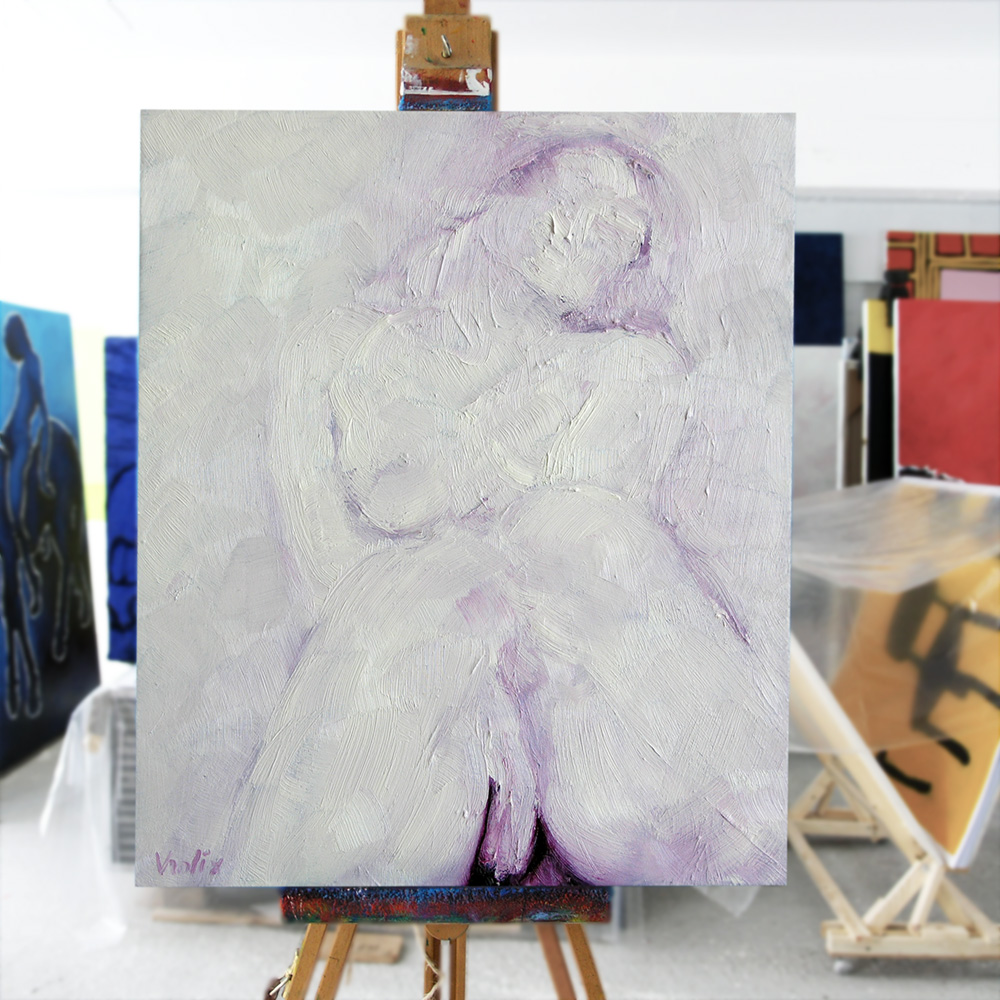
A new year. Time to try some new stuff. I kept on working on the White Paintings but now in a slightly different way. Instead of the usual silhouette, I used it not for an object but for the subject. Although it didn't make them any less erotic, I suppose. Nonetheless I called this small series of nudes "l’Origine du monde". “Nude” (oil on canvas, 46 x 55 cm)
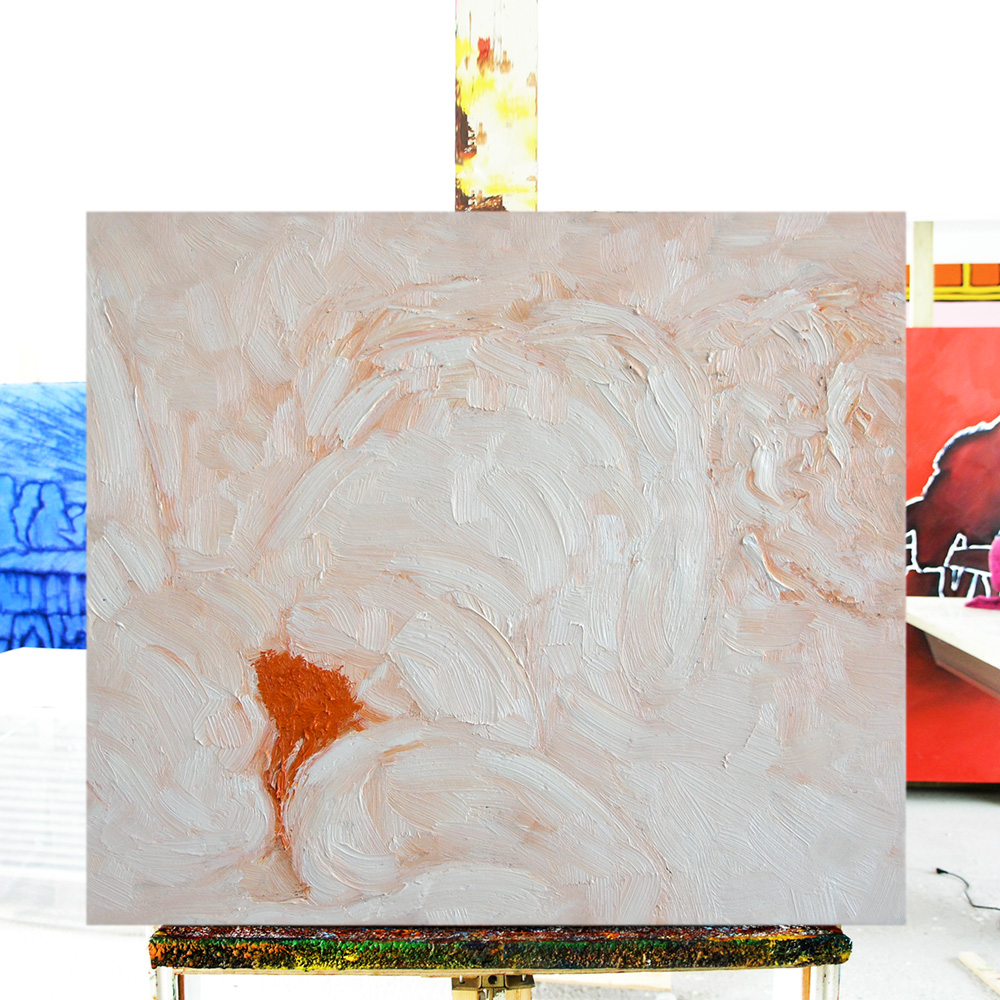
“Nude” (oil on canvas, 47 x 54 cm)
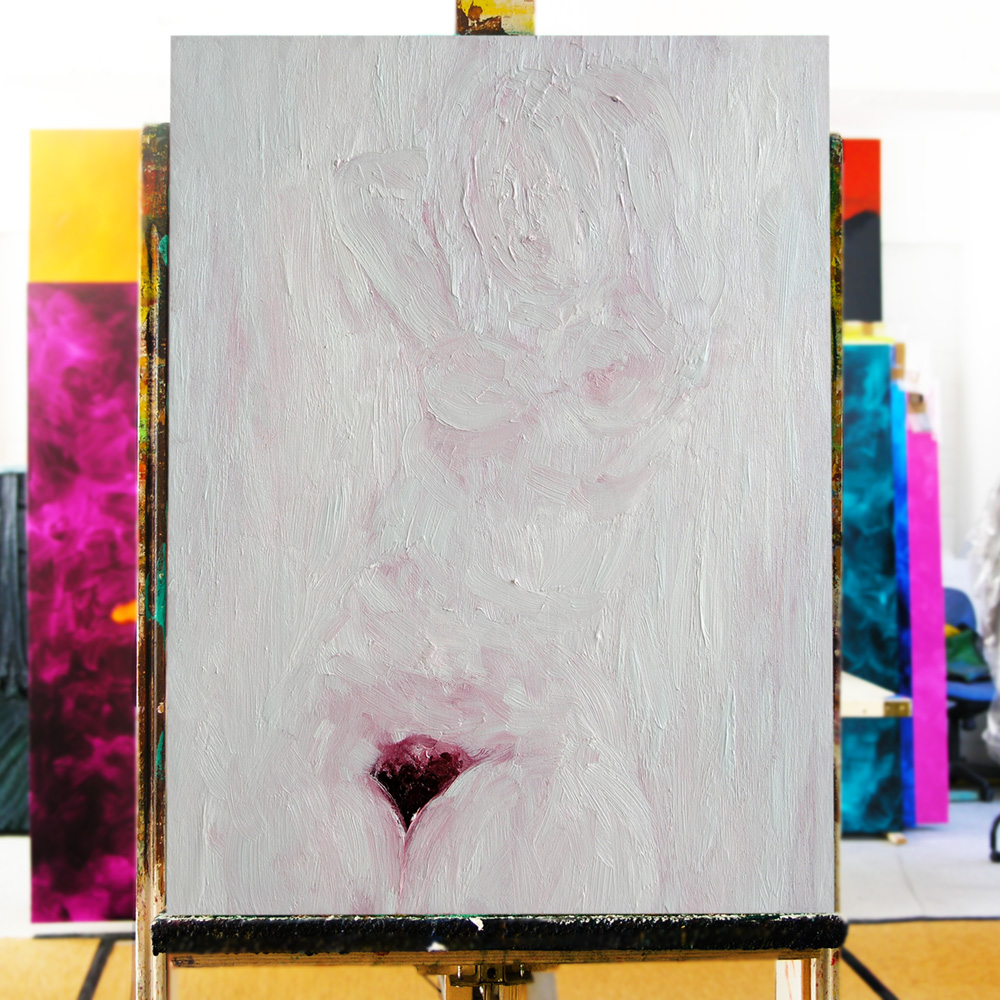
“Nude” (oil on canvas, 50 x 90 cm)

“Nude” (oil on canvas, 47 x 54 cm)
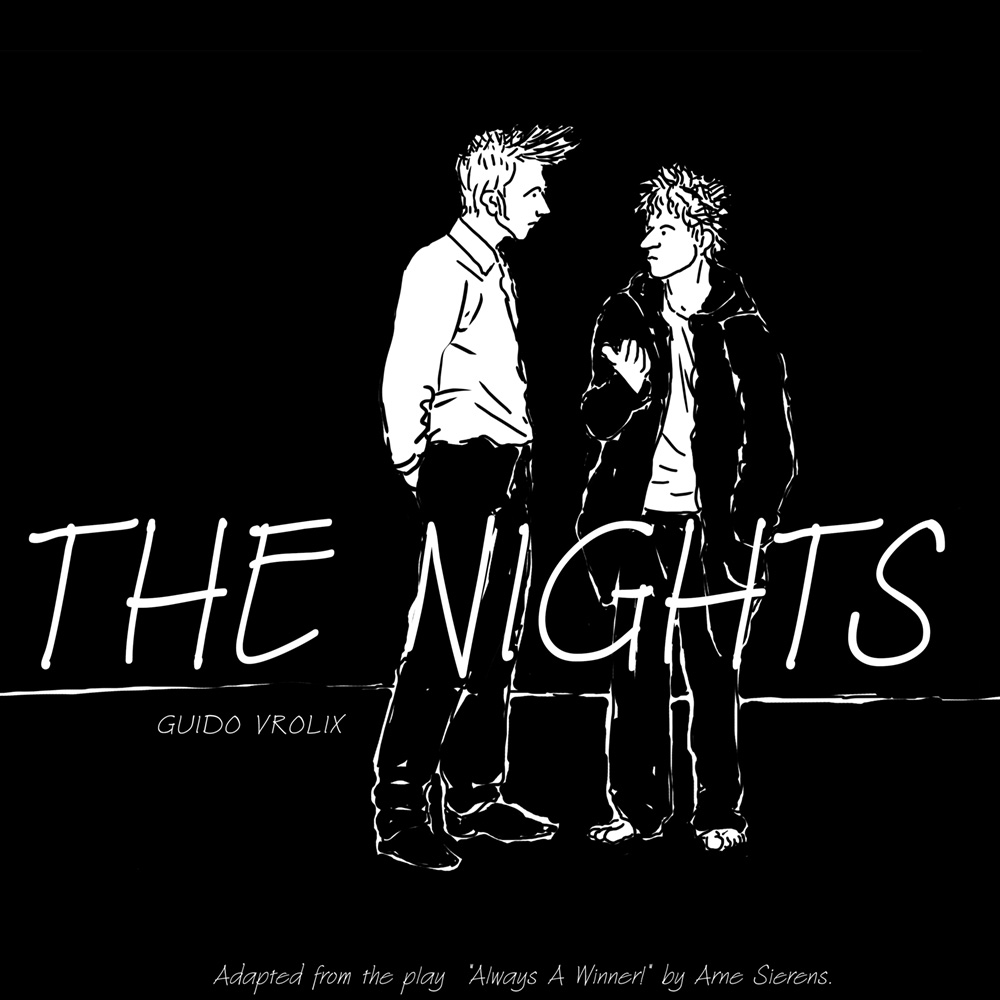
I hadn't draw a graphic novel for years, mainly because all the work that goes into drawing page after page with black ink and pencil. Although I worked on the play "Always A Winner!" years before (2008), it suddenly hit me that I could make a graphic novel out of it. And this time I wanted to create the story not in pen and ink but on computer, using a combination of Photoshop (as pencil) and a sizeable Wacom tablet (as paper). Little did I knew that it would trigger a whole line of new graphic novels...
THE NIGHTSThis was the trailer for the graphic novel "The Nights" I made. Music by Jean-Yves Evrard
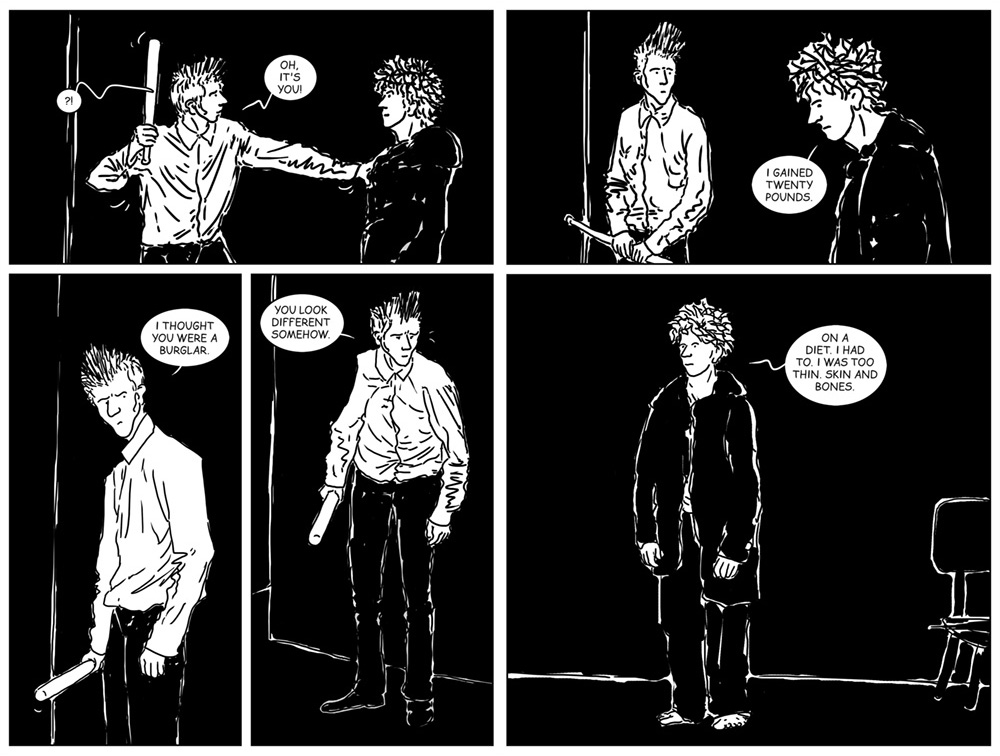
The first two pages of "The Nights". Story: It's early August, hot, close to midnight. Pierre tries to remember the way to Dino's apartment. The door is open... Though they come from completely different environments and never really became friends, Dino and Pierre develop a strange sort of solidarity. Their lives are reflected in each other. Each, in his own way, tries to find answers in a world full of slumlords, undocumented workers, crooked labor contractors, and human traffickers. A world populated by introverted youths suffering from Asperger's syndrome or hikikomori. Art by Guido Vrolix, text by Arne Sierens. (Paperback/ebook: 110 pag. b/w.)
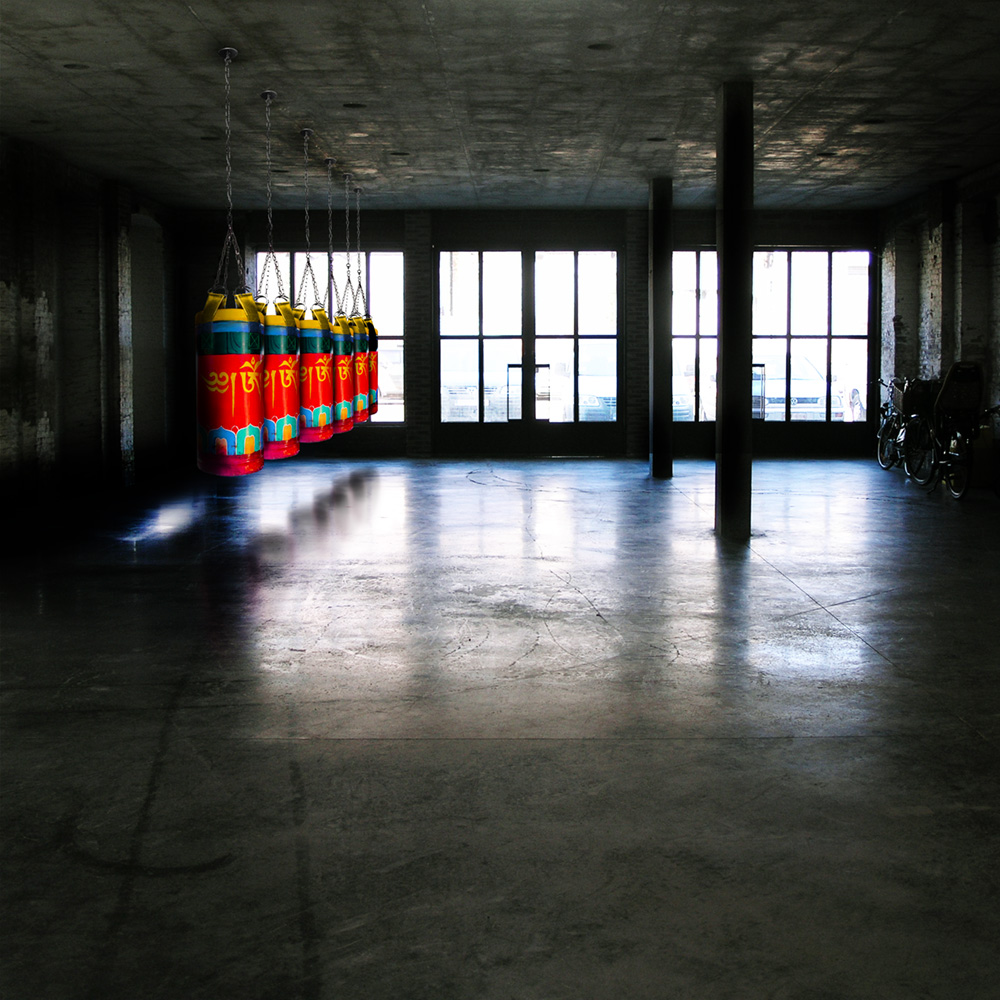
I was asked to come up with an idea for some sort of intervention in an office building. That idea became the “Prayer-Boxing-Wheels”. Basically it's the same Mantra that is printed on a spindle made of metal, wood, leather or coarse cotton, similar to what they use in Tibet. Spinning such a wheel will have much the same meritorious effect as orally reciting the prayers. The only difference here was that these were boxing bags, located at the entrance. Passersby could choose to turn the entire row of wheels (simply by sliding their hands over each one), or to punch them, depending on how they felt…
"Project Highway" (a one minute extract of the original) was a video installation I made as a sort of opposite to the Prayer-Boxing-Wheels project.

“Tokyo Park” (oil on canvas, 175 x 200 cm). Halfway that year I got more or less disinterested in the white paintings and started to look for new ways of seeing things. Then a friend gave me a book titled “The Park" by Kohei Yoshiyuki. (Kohei Yoshiyuki is a Japanese photographer who attracted much attention in 1979 with his exhibition "Kōen”, meaning Park, at the Komai Gallery, Tokyo. The black-and-white photographs were presented in a book published in 1980 that is "nominally a soft-core voyeur's manual", with photographs of people in sexual activities in Shinjuku and Yoyogi parks - both in Tokyo, mostly with unknown spectators around them. The photographs were taken with a 35 millimetre camera and infrared flashbulbs.) That book triggered a hole new series of paintings.
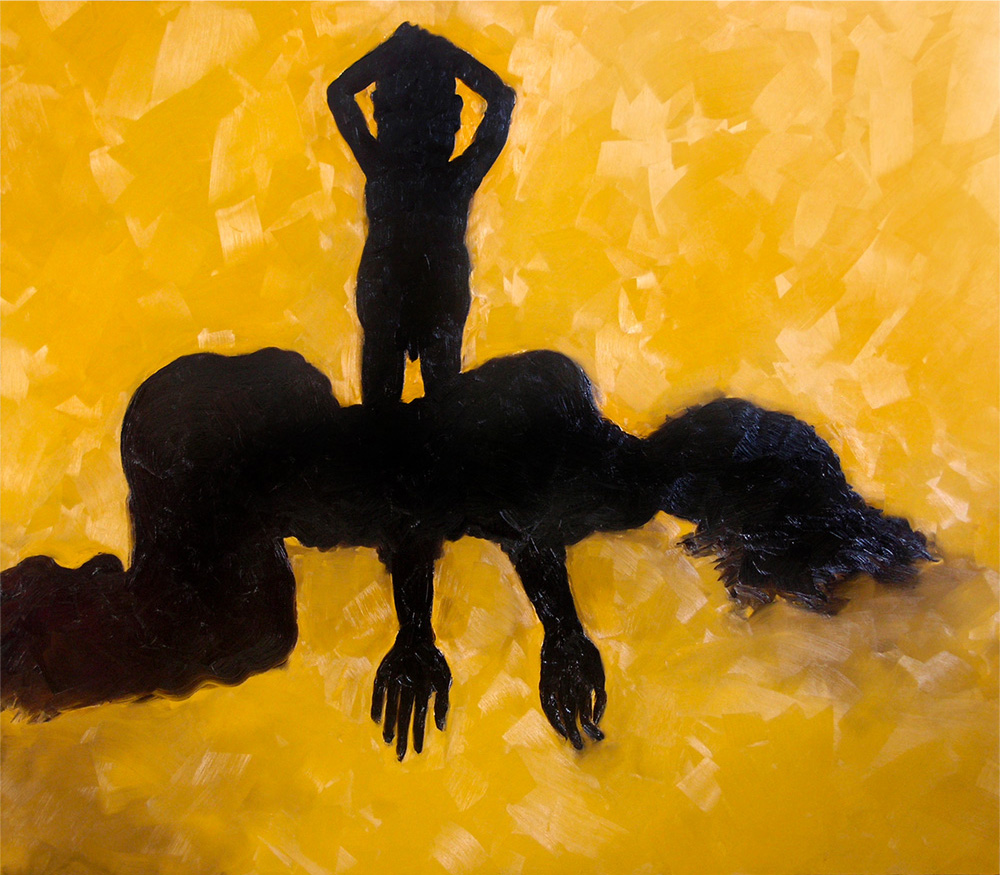
“Mother and Child” (oil on canvas, 175 x 200 cm). Based on a photo by Don McCullin, from a series on AIDS in Afrika (2001).
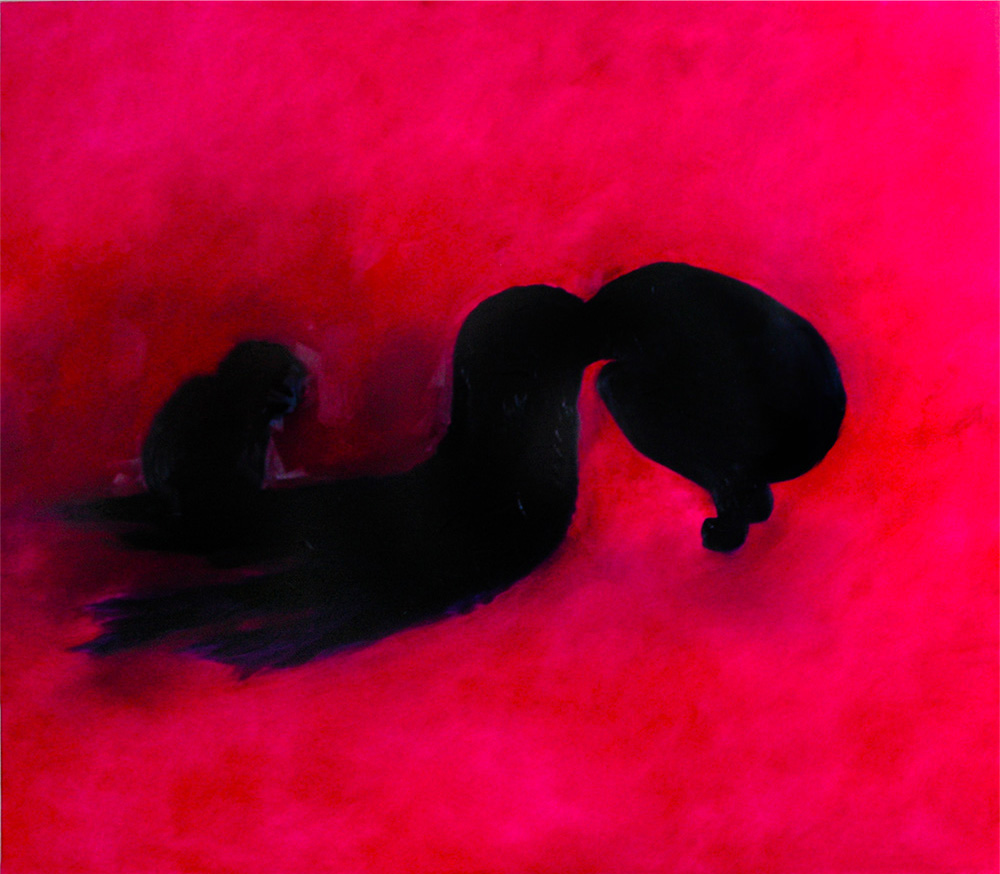
“The Dream” (oil on canvas, 175 x 200 cm). Based upon a personal experience.
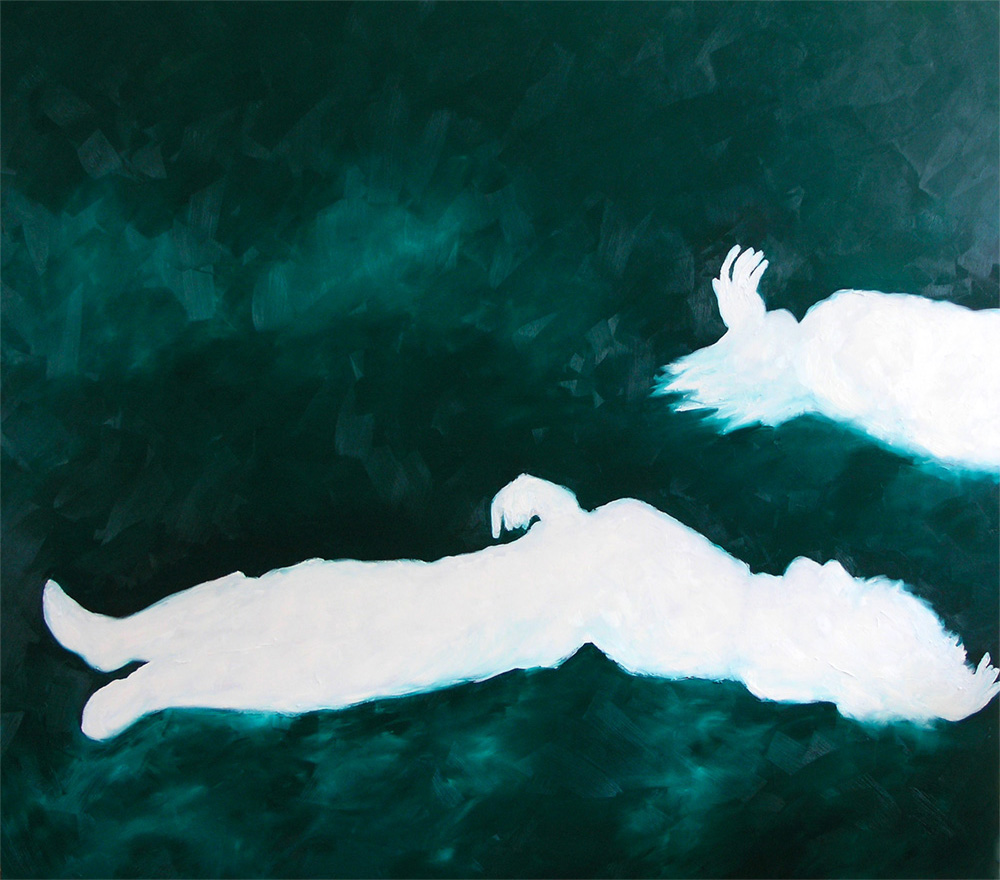
“Gettysburg” (oil on canvas, 175 x 200 cm). From a photo series taken after the Battle of Gettysburg (1863), although war and dead looked the same in any century. That's probably why it inspired me.
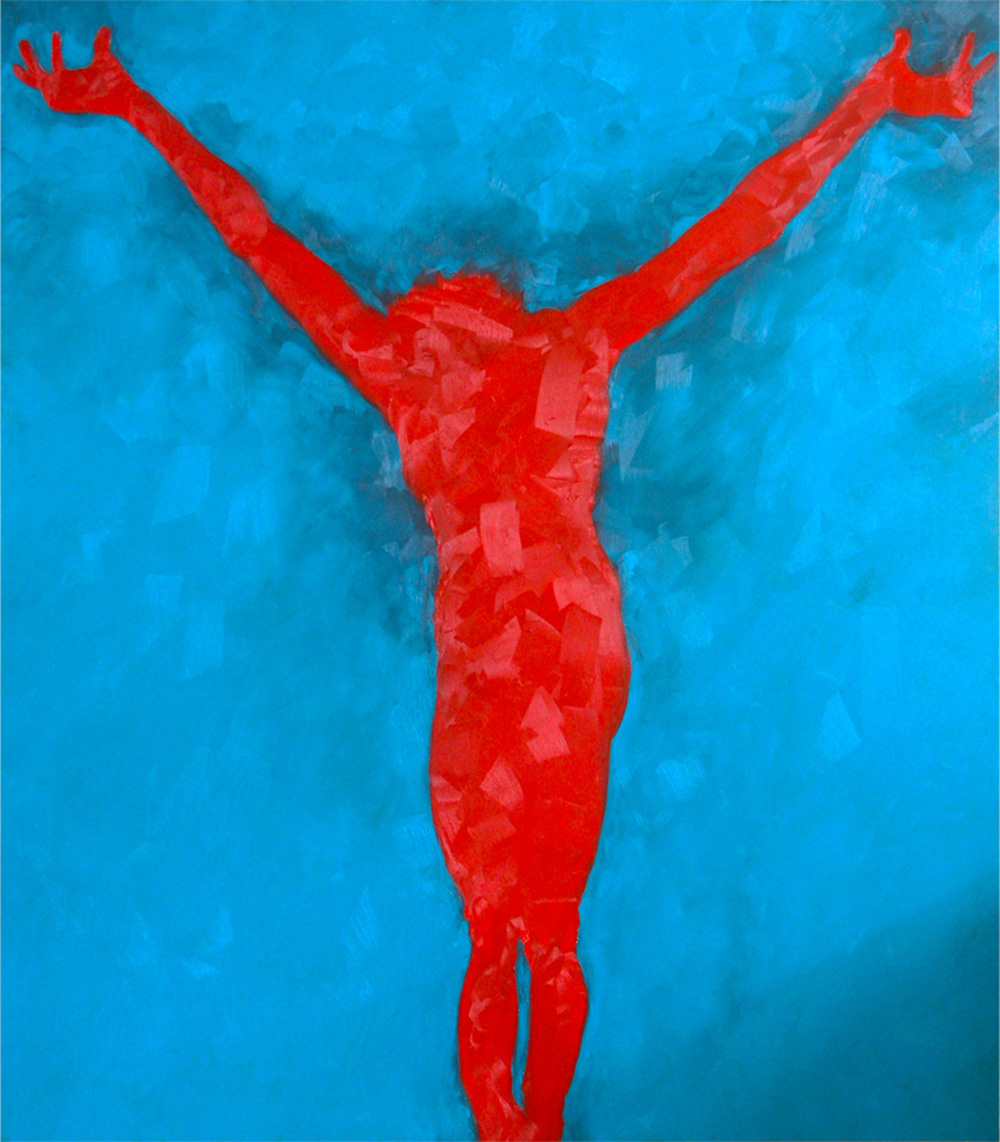
"Portrait of Grünewald" (oil on canvas, 175 x 200 cm). Matthias Grünewald (1470-1528) was known for his paintings of the extreme suffering Christ on the cross.
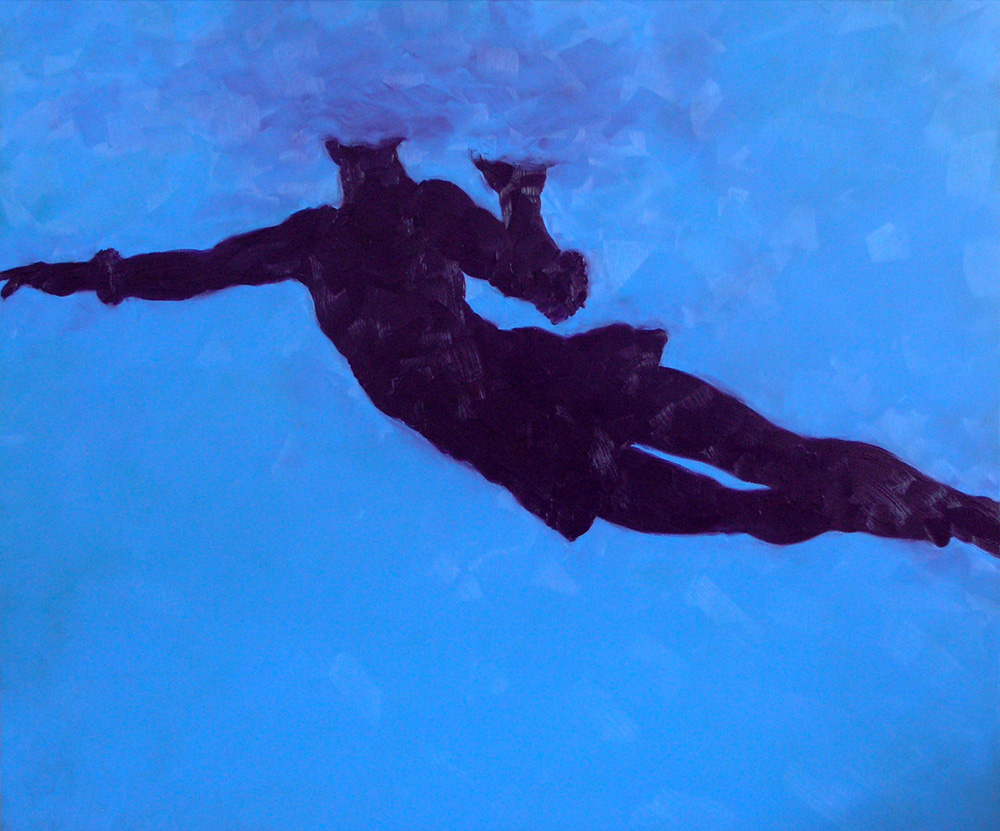
“Under Water” (oil on canvas, 120 x 150 cm).
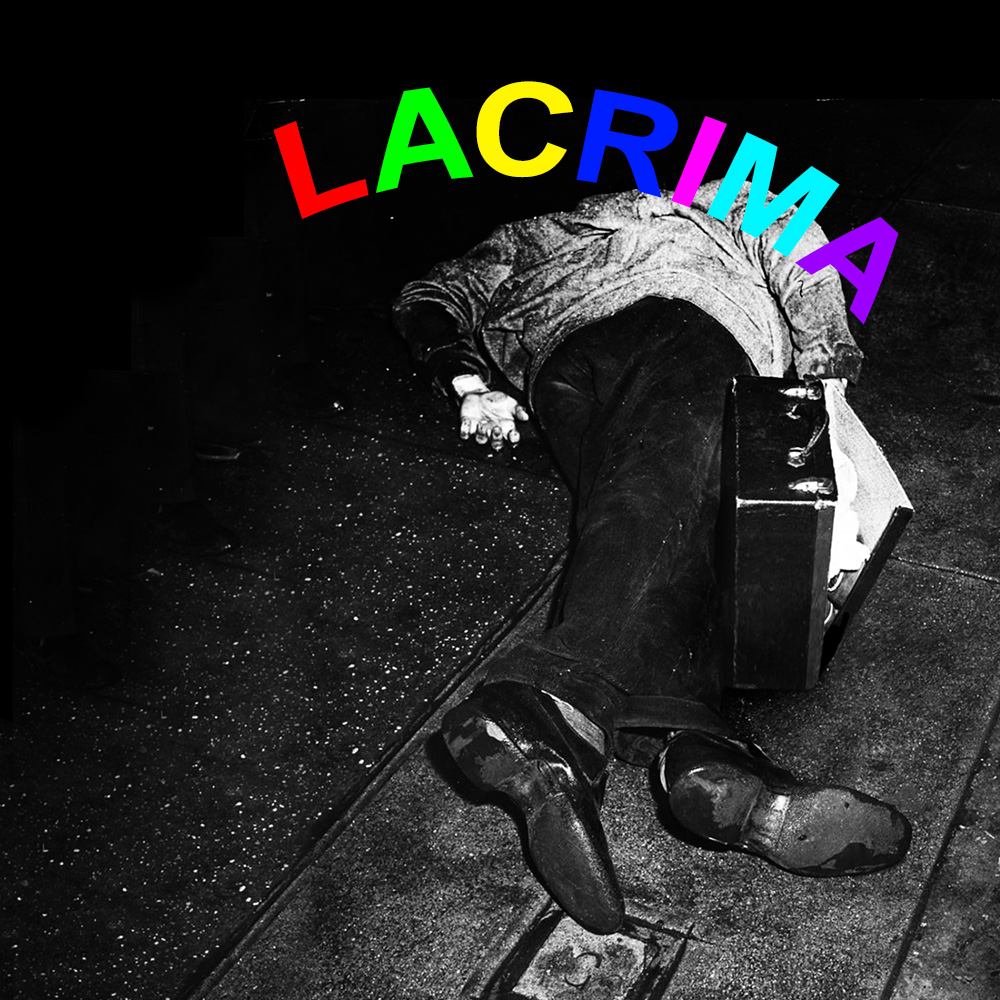
Poster/cover design for the play "Lacrima” - Or how an ordinary life can sometimes resemble a big pile of shit. The design was based on a photo of a crime photo by Weegee (Arthur Fellig), 1940s Los Angeles.

The set design for the play “Lacrima” was made completely out of black concrete. It resembled a train station, a city scape or even a graveyard. Anyhow, not the place you would voluntarily wanted to be, which was the whole purpose of course, being that the play (monologue) was about how shitty live could be.
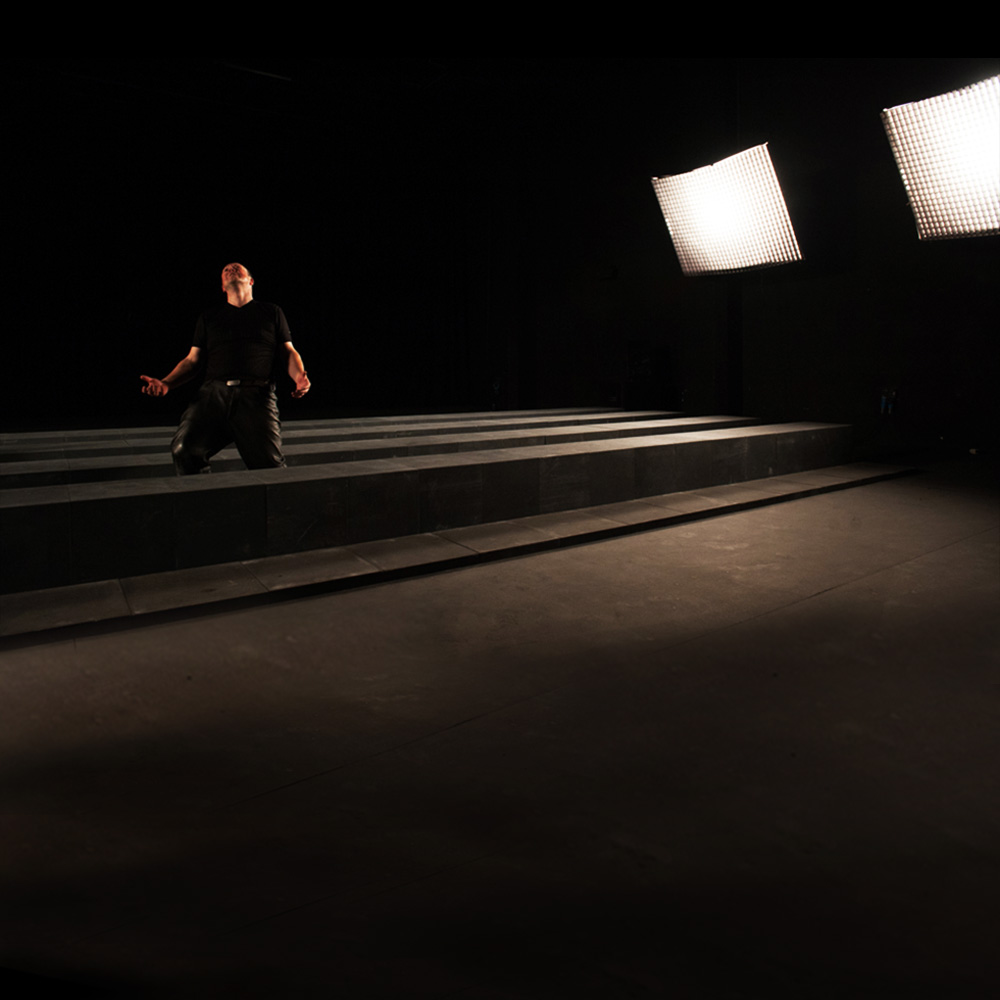
The actor Jan Hammenecker really played his socks off in “Lacrima”!